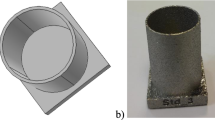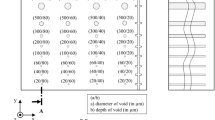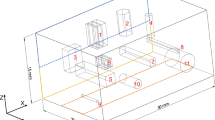Abstract
Process Compensated Resonance Testing (PCRT) is a non-destructive evaluation method for ceramic balls using measured resonance frequencies of parts to detect surface and internal flaws. It offers fast, accurate and affordable defect detection for ceramic rolling elements for hybrid bearings. PCRT has demonstrated capabilities for bulk property/internal defect detection, process monitoring, material property characterization, and surface defect detection. In co-inspection comparison, PCRT demonstrated superior defect detection and/or throughput versus visual, FPI (Fluorescent Penetrant Inspection) and UT (Ultrasonic Testing). Vibrant’s automated ball testing system tests more than 75 balls per hour with no ball-to-ball contact. This research is funded in part by the US Navy and AFRL (Airforce Research Laboratory) with support of Vibrant’s Industrial partners at Honeywell, Rolls-Royce Corporation, GE Aviation, Winsted Precision Ball and Barden Precision Bearing.
Similar content being viewed by others
References
White paper: Process Compensated Resonance Testing — Whole Body and Surface NDT for Ceramic Balls (can be requested via koehler@vibrantndt.de)
Author information
Authors and Affiliations
Corresponding author
Rights and permissions
About this article
Cite this article
Köhler, T., Hunter, L.J. Process Compensated Resonance Testing: Whole Body Surface NDT for Ceramic Balls. Interceram. - Int. Ceram. Rev. 63, 178–181 (2014). https://doi.org/10.1007/BF03401054
Received:
Published:
Issue Date:
DOI: https://doi.org/10.1007/BF03401054




